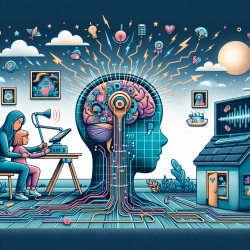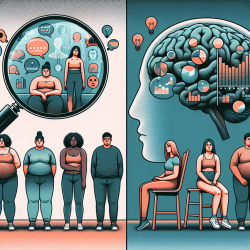Unlock the Secret to Vision Recovery: The Brain-Eye-Vascular Connection!
Vision loss is a significant concern affecting millions globally. While traditionally viewed as an issue related solely to the eyes, recent research by Sabel et al. (2018) highlights the intricate relationship between the brain, eyes, and vascular system, forming a "brain-eye-vascular triad." This triad plays a crucial role in vision impairment and recovery, offering new avenues for therapeutic interventions.
The Brain-Eye-Vascular Triad
Traditionally, vision loss due to diseases like glaucoma or macular degeneration has been attributed to damage within the eye. However, the brain significantly influences visual impairment through factors such as intracerebral pressure, eye movements, and stress-induced vascular dysregulation. This understanding shifts the perspective, viewing some eye diseases as brain diseases in disguise.
Neuroplasticity: The Brain's Role in Vision Recovery
The brain's ability to adapt and reorganize itself, known as neuroplasticity, offers hope for vision restoration. By enhancing residual vision through neuroplastic changes, the brain can improve visual signals. Techniques such as vision restoration training, non-invasive brain stimulation, and medications that enhance blood flow can activate residual vision, increasing visual field size and acuity.
Implementing Research Insights in Practice
Practitioners can leverage these insights to improve patient outcomes:
- Vision Restoration Training: Encourage patients to engage in structured vision training exercises to stimulate neuroplastic changes.
- Non-Invasive Brain Stimulation: Consider integrating therapies like transcranial magnetic stimulation to enhance brain activity and vision recovery.
- Medications: Explore medications that improve vascular regulation and blood flow to support vision restoration.
Encouraging Further Research
While the current findings are promising, further research is needed to fully understand the mechanisms at play. Practitioners are encouraged to stay informed through ongoing studies and consider participating in clinical trials to contribute to this evolving field.
To read the original research paper, please follow this link: Residual vision activation and the brain-eye-vascular triad: Dysregulation, plasticity and restoration in low vision and blindness – a review.










